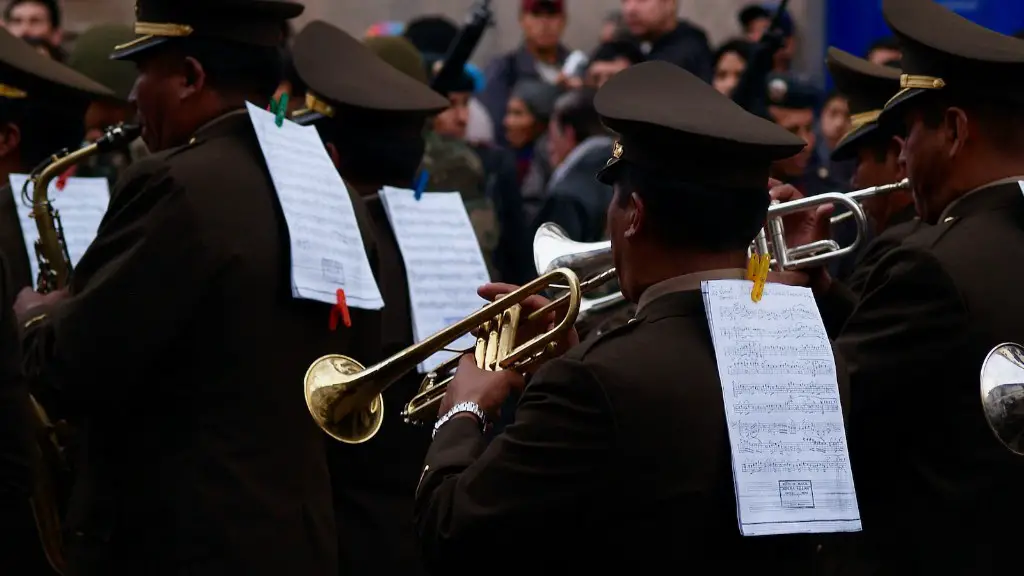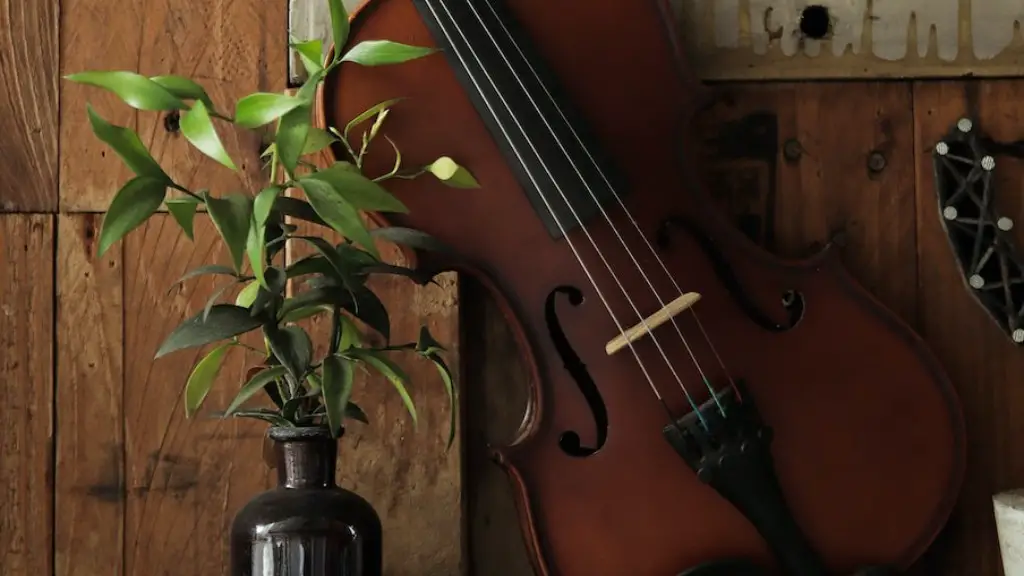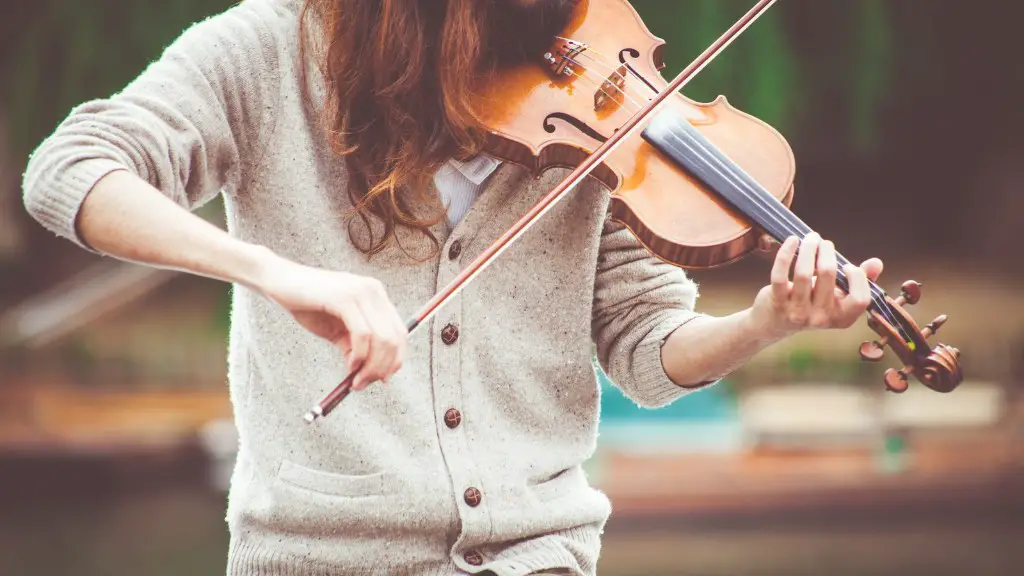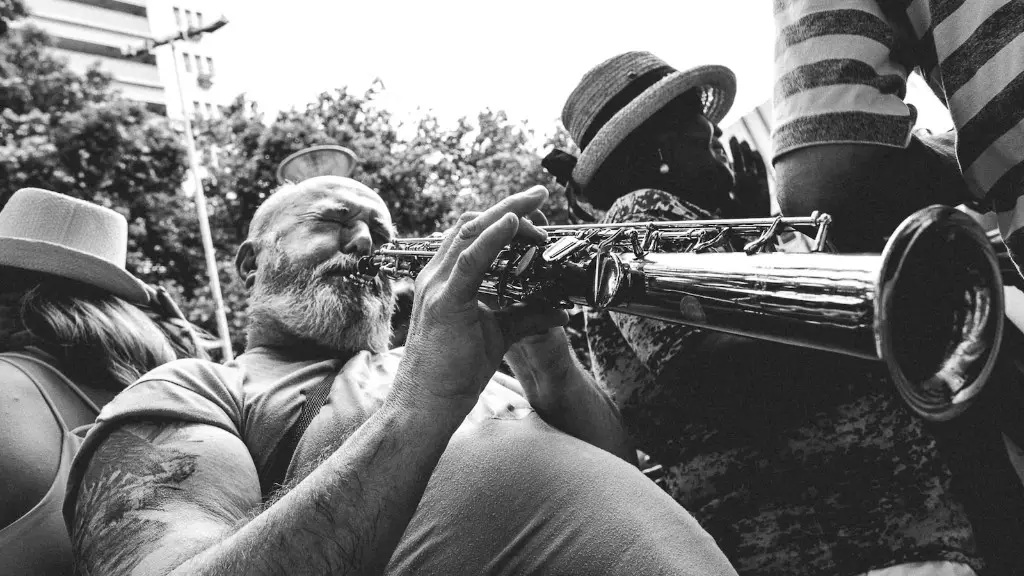Practicing the trumpet without an actual instrument is not as hard as it sounds. Just like other instruments, there are ways to practice and learn trumpet without having the physical instrument. With the right technique and exercises, you can improve your trumpet playing skills without owning a trumpet.
The first step to practicing without a trumpet is to find a good set of exercises. These can be found online or in books dedicated to teaching the trumpet. Once you have your exercises ready, use them to develop your lip muscles and build proper technique. You can also practice breathing and tonguing techniques that don’t require any actual playing.
You can also use different apps on your phone or tablet to practice scales and theory concepts related to playing the trumpet. This will help you understand how certain notes work together and how they sound when they are played together. Additionally, listening to recordings of professional trumpeters will give you insights into proper technique and how the instrument should be played.
With dedication and hard work, anyone can learn how to play the trumpet without an instrument!
Utilize Play-Along Music
Practicing trumpet without a physical instrument can be a challenge, but there are plenty of resources available for those looking to develop their skills. One of the most effective tools for learning and honing trumpet technique is play-along music. This type of music puts you in the driver’s seat, allowing you to practice at your own pace and tailor the exercises to your individual needs. Whether you’re learning new songs or perfecting your technique on familiar ones, play-along music can help you achieve your goals.
Play-along music is great for developing musicians of all levels. It’s especially helpful for beginners, who can start out by playing along with simpler tunes before gradually working their way up to more challenging pieces. Experienced players can use play-along albums to practice solo improvisation and other advanced techniques. You can even find backing tracks that feature a full band, giving you the experience of playing in an ensemble setting without leaving the comfort of your home!
Practicing Trumpet without a Trumpet
If you don’t have access to a trumpet, there are still ways to practice your trumpet skills. You can practice breathing exercises and lip slurs, which will help you improve your embouchure. You can also practice tonguing and articulation exercises, which will help you develop precision in your playing. Additionally, listening to recordings of trumpet solos and duets can help you learn phrasing and tone production.
Another way of practicing the trumpet is by using other brass instruments such as the flugelhorn or cornet. These instruments use the same fingerings as the trumpet and have similar sound characteristics. Additionally, these instruments are often easier to play than the trumpet due to their conical bore design. Practicing on these other instruments can help improve your overall brass playing ability.
Finally, there are various apps and websites that offer tutorials and lessons for trumpet players of all levels. These resources can provide an effective way for you to learn new music or review old material without having access to an actual instrument. Learning from these digital resources can be just as effective as learning from a physical instrument.
Develop Your Mental Skills
Practicing the trumpet without a physical instrument may seem impossible, but there are a few ways to develop your musical skills. Visualization is an important part of playing any instrument and can help you practice even when you don’t have access to the trumpet. Imagine yourself playing the different notes, visualizing each movement and the sound that comes with it. Creating mental images of the music can help you remember melodies, rhythms, and articulation.
You can also use audio recordings or videos to practice. Listen to recordings of trumpet solos or ensembles, and try to mimic the sounds in your head. Pay attention to dynamics, articulation, and phrasing while using visualization techniques. Listening to recordings is also beneficial in helping you learn how different musicians interpret and play pieces.
Finally, use apps or software designed specifically for musicians. These tools provide virtual instruments that emulate real sounds and allow you to practice virtually anywhere. This can be a great way to improve your technique without needing access to an actual trumpet.
Combined with visualization and listening exercises, these apps can help take your mental skills up a notch and prepare you for when you get back behind the horn!
Increase Your Technical Knowledge
If you want to increase your technical knowledge of the trumpet without actually playing one, there are a few ways to do so. One way is to listen to recordings of expert players and analyze their technique. This can help you develop your own understanding of how to play the instrument. Additionally, you can look up tutorials online and watch videos that demonstrate proper trumpet playing techniques. This will help you gain an understanding of how to hold the instrument correctly and the basics of trumpet phrasing.
Another way to practice without a trumpet is by using a MIDI controller or virtual instrument. These programs allow you to simulate playing the trumpet using your computer keyboard or other MIDI device. This can be a great way for beginners to get familiar with various musical concepts and improve their technical playing skills. Finally, consider taking online courses or attending classes related to trumpeting in order to better understand the fundamentals of this instrument. Doing all of these things will help you become more proficient in your craft.
Practicing Trumpet Without a Trumpet
Improvisation is key to practicing trumpet without the instrument itself. Visualization and creative thinking are two of the best ways to practice trumpet without a physical trumpet. It’s important to imagine yourself playing through different passages and practice them in your mind. This helps build muscle memory and allows you to practice anytime, anywhere. Additionally, you can use apps on your phone or computer to help you visualize finger positions and music notation.
You can also use a recorder or voice recorder app on your phone to hear how your playing would sound if you had a trumpet. This is especially useful for practicing melodies or working on intonation. Keep in mind that it won’t be perfect, but it’s still a great way to get an idea of what the sound should be like. Finally, consider watching videos of other trumpeters playing pieces you want to learn. This can be very helpful for getting an idea of the phrasing and techniques used by other musicians. Listening to recordings and analyzing them is an important part of learning any instrument.
Practice Tonguing and Slurring on Trumpet
Learning to play the trumpet requires a lot of practice. Developing your tongue and embouchure muscles is key to producing a quality sound. Practicing tonguing and slurring can be done without an instrument. To begin, open your mouth wide and move your tongue up and down in a steady motion while making an “ahhh” sound. This will help you gain control over the articulation of the tongue.
Next, practice forming different syllables with your tongue while saying them out loud. This will help you gain control over the speed of articulation. Finally, practice creating slurs by blending two notes together without interruption. This will help you develop a smooth, legato sound when playing the trumpet. Practicing tonguing and slurring can be done anywhere, so make sure to take advantage of this opportunity in order to improve your technique.
Tonguing and slurring are important skills that all trumpet players need to master in order to play their best. With regular practice, even without an instrument present, these techniques can be improved quickly and easily for better performance on the trumpet!
Closing Words
Practicing trumpet without an instrument is a great way to build your skills and get your chops in shape. It is also an excellent way to save money and still be able to practice the music you love. You can find many free resources online, like backing tracks and tutorials, that will help you improve your playing. Finally, if you have access to a keyboard or guitar, you can use those instruments to simulate trumpet playing. So if you don’t have a trumpet yet, don’t worry—you can still practice and improve!





